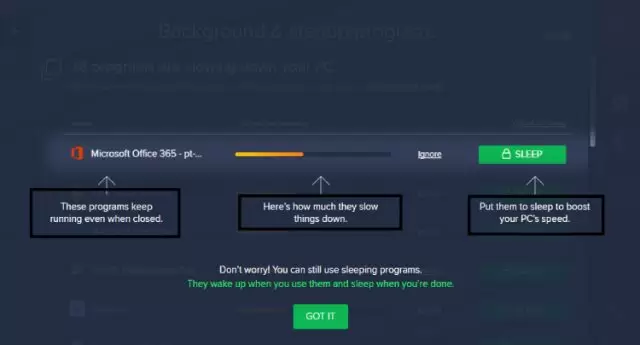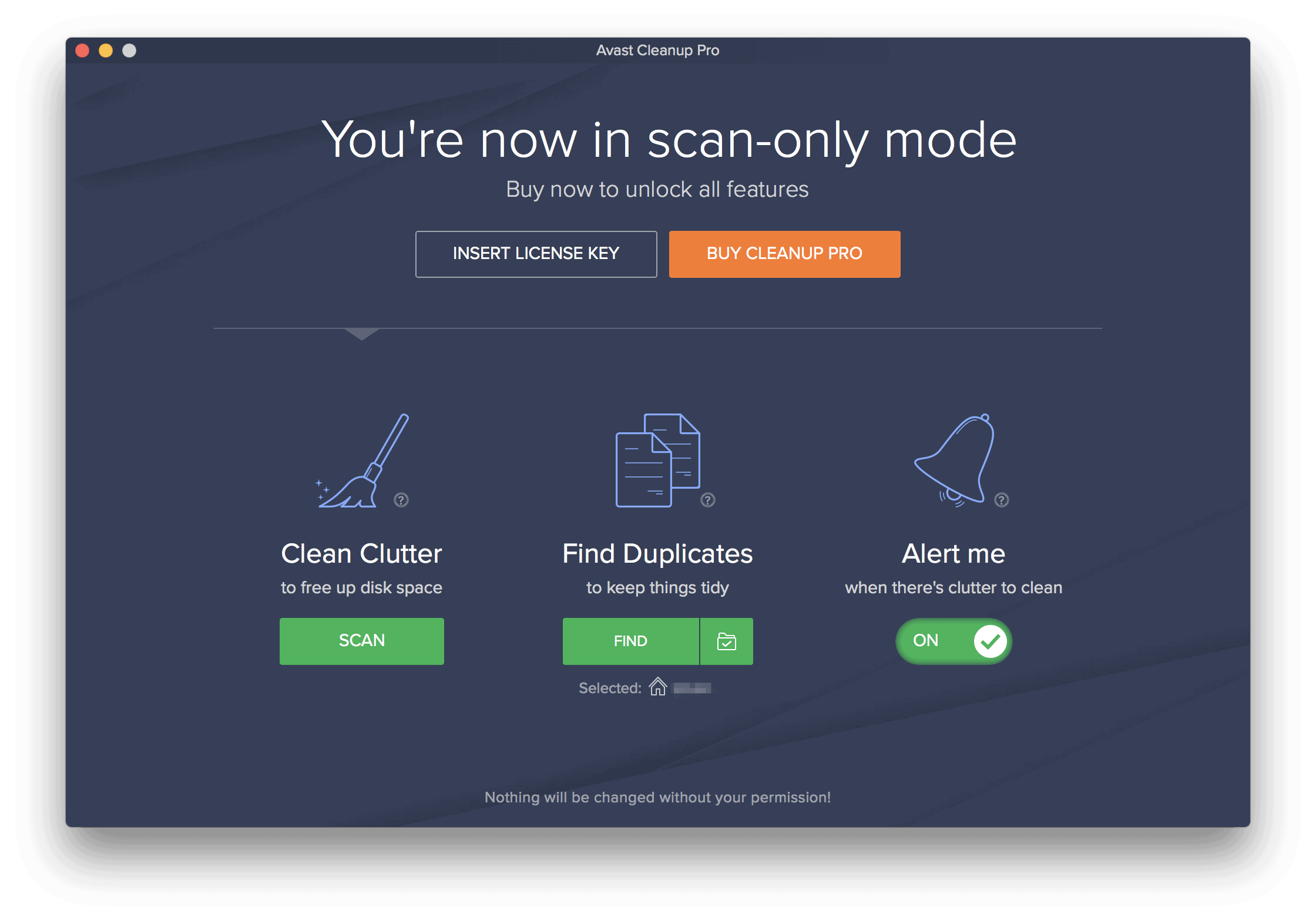

Select Accounts and click the Login Items button.Now go to Apple Menu and pick the System Preferences option.If user password is required, go ahead and enter it
Avast cleanup pro mac for mac#
Find the entry for Mac Cleanup Pro on the interface, right-click on it and select Move to Trash. Click the Go button again, but this time select Applications on the list.Locate and move the following entries to Trash: Similarly, go to the ~Library/Application Support folder.When this path opens, look for the same entries (see above) and send them to Trash Use the Go to Folder lookup feature again to navigate to the folder named ~/Library/LaunchAgents.Once the LaunchAgents directory opens up, find the following entries in it and move them to Trash:.Type or paste the following string in the folder search dialog: /Library/LaunchAgents.

Expand the Go menu in Apple Finder and select Go to Folder.A dialog should pop up, asking if you are sure you would like to quit the Mac Cleanup Pro executable.

Under Activity Monitor, find the entry for Mac Cleanup Pro, select it and click Quit Process.Locate the Activity Monitor icon on the screen and double-click on it.Open up the Utilities folder as shown below.
Avast cleanup pro mac manual#
Mac Cleanup Pro virus manual removal for Mac Remove it now and mind what you download on untrustworthy websites further on. That’s a disgusting strategy, so there is, obviously, one reasonable way to treat the double-dealing program. It frightens users into purchasing the full version. This is precisely what the gist of the Mac Cleanup Pro virus is about.
Avast cleanup pro mac full version#
Predictably, the cleaning feature can only be unlocked by activating the full version of the program, which is a matter of making a payment. It will also notify the user how much space can be recovered in just one click. The app thus attempts to persuade the victim that their machine has hundreds of performance issues, ranging from superfluous cache to unused languages that take up a great deal of disk space. It pops up out of the blue and triggers system scans that return really unsettling results over and over. Whereas Mac Cleanup Pro can arrive by means of different techniques, it behaves in the exact same fashion when on board any Mac. Incidentally, another likely source of contamination is a site that renders a counterfeit alert saying “ Your Mac is infected with 3 viruses”. To get rid of the viruses (which aren’t there for real), the user is instructed to download and run Mac Cleanup Pro, which is dubbed “Mac Cleaner” on the phony page. If you do not remove them, they may damage your system files and slow down your Internet browsing speed.” (macOS Catalina 10.15 update: “ helpermcp will damage your computer.

Anyway, the site displays a warning that goes, “ Your Mac Might Be Infected!” and provides some pseudo details, namely: “ Your Mac might be infected by the latest viruses. A big giveaway, though, is that the “OS version” field says the victim uses OS Sierra, even if they visit the page from a Windows PC. The site includes a script that determines and displays the visitor’s country and IP address – this way, the users are more likely to fall for the deceptive tactic. One of these landing pages is parked at lp./adsph/2/ domain. The unprincipled developers of the scareware in question are known to engage a framework of misleading web pages to push their digital culprit.


 0 kommentar(er)
0 kommentar(er)
